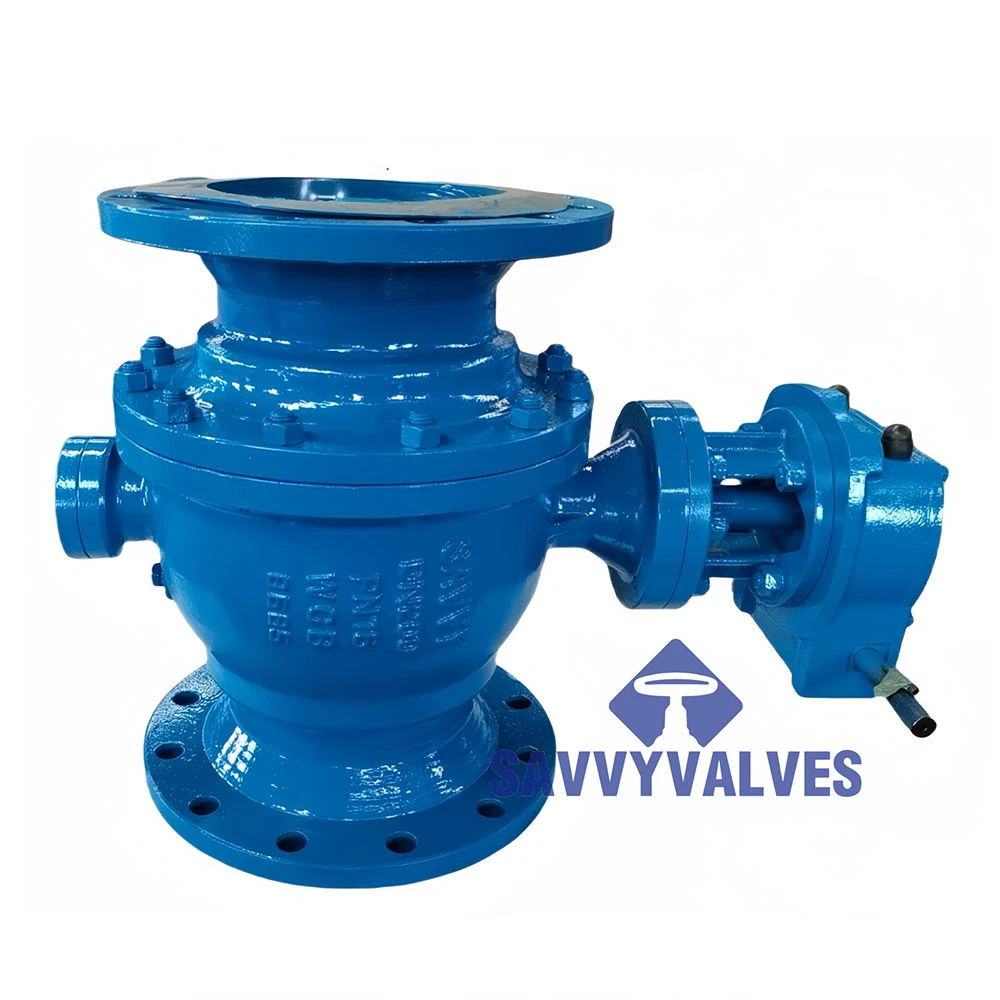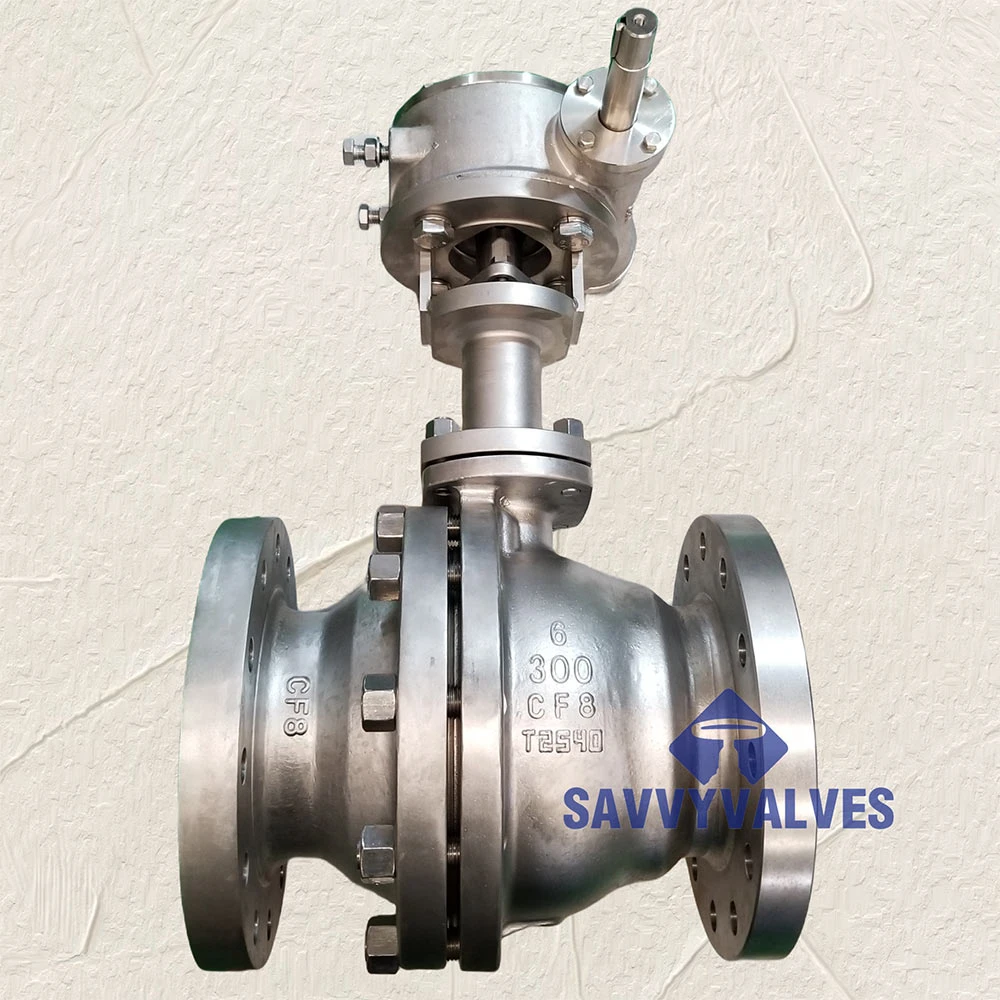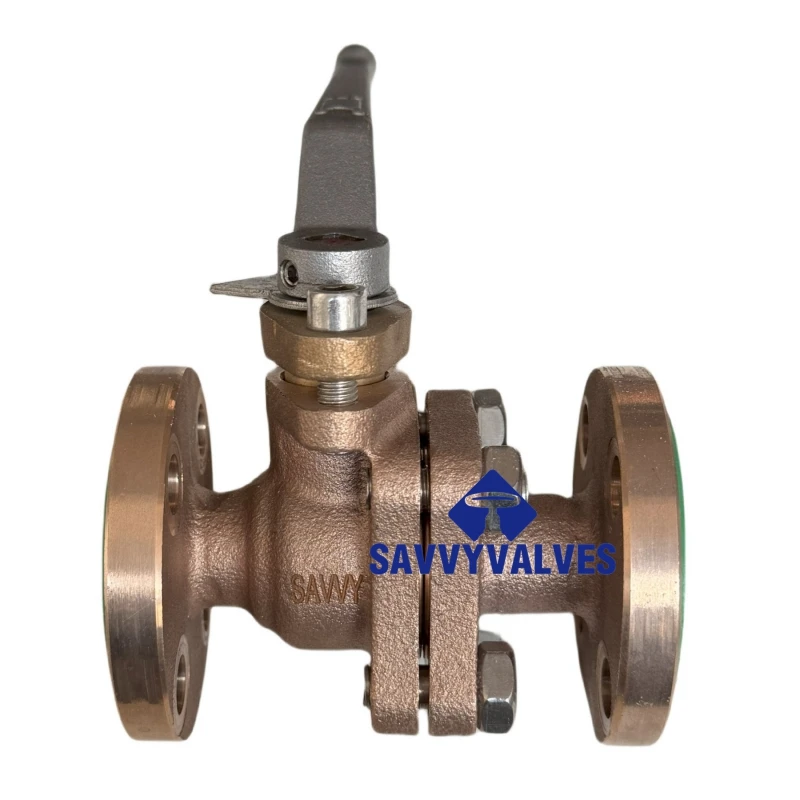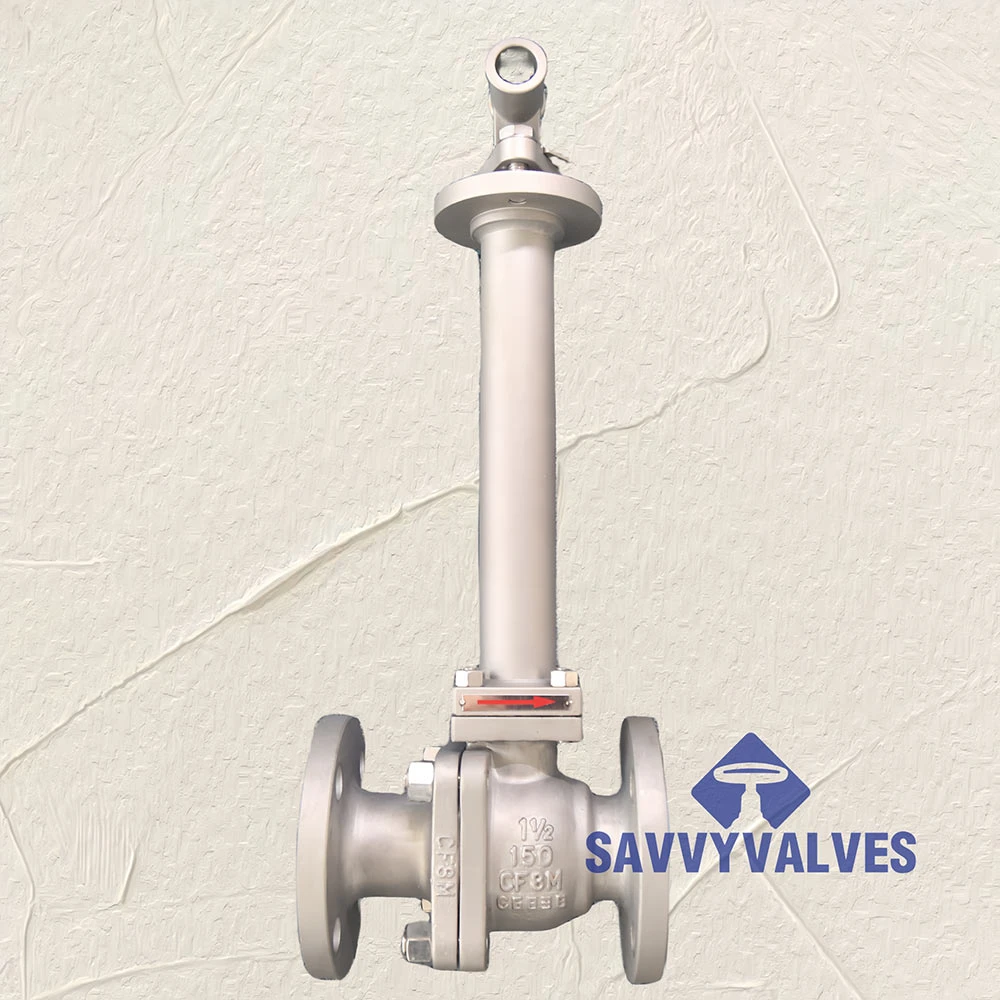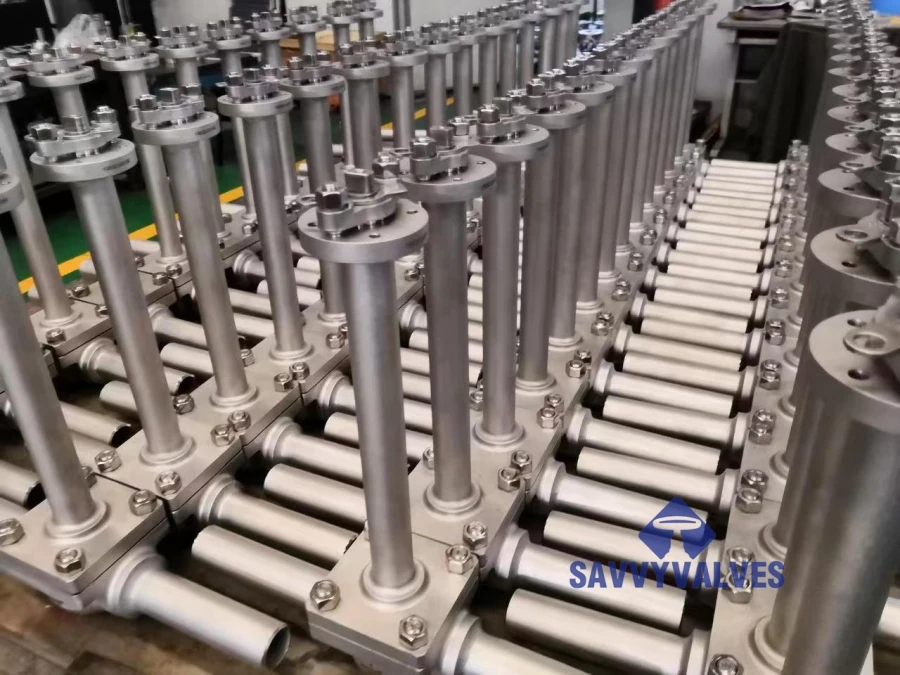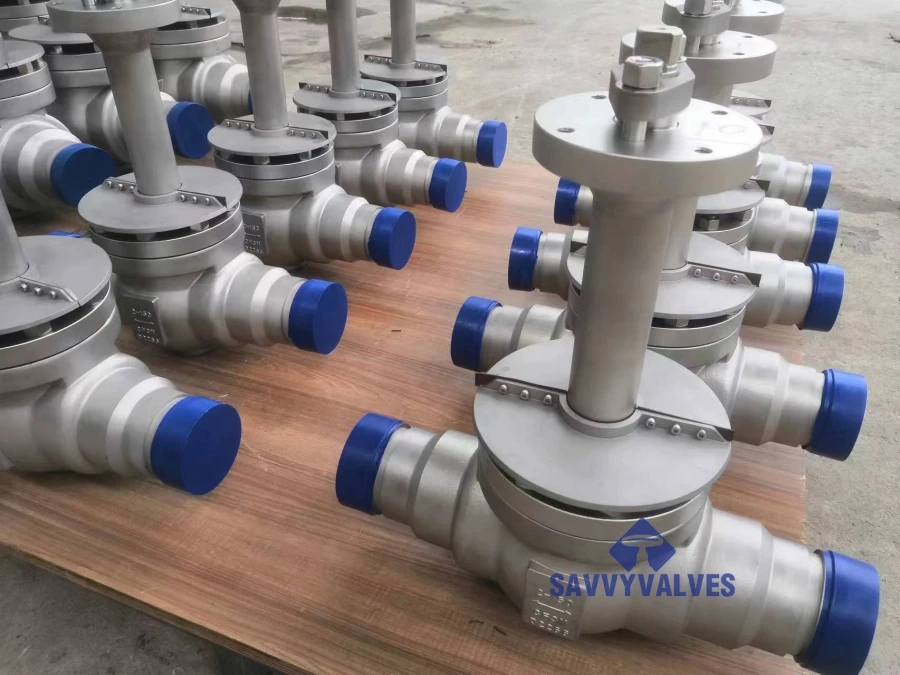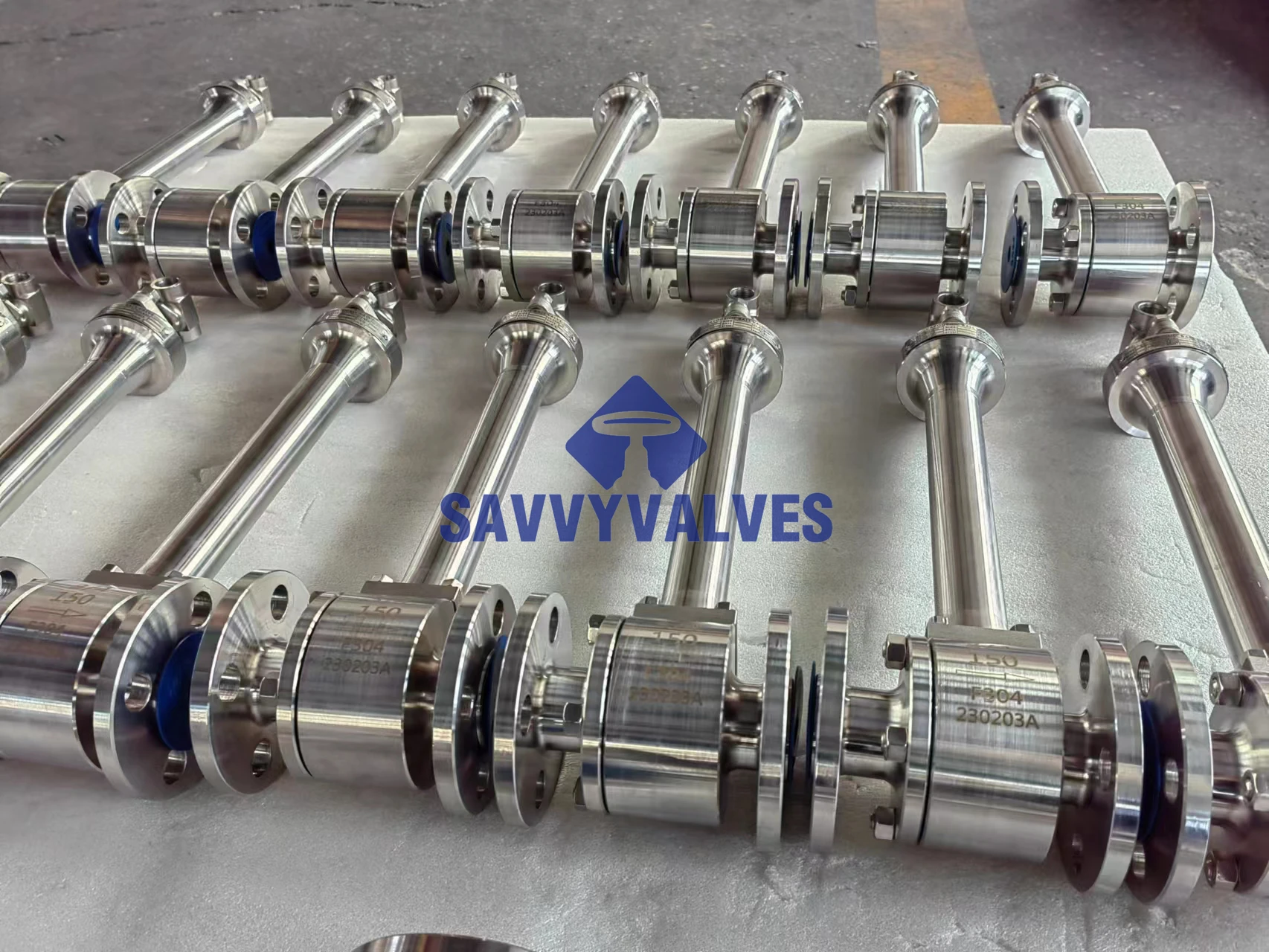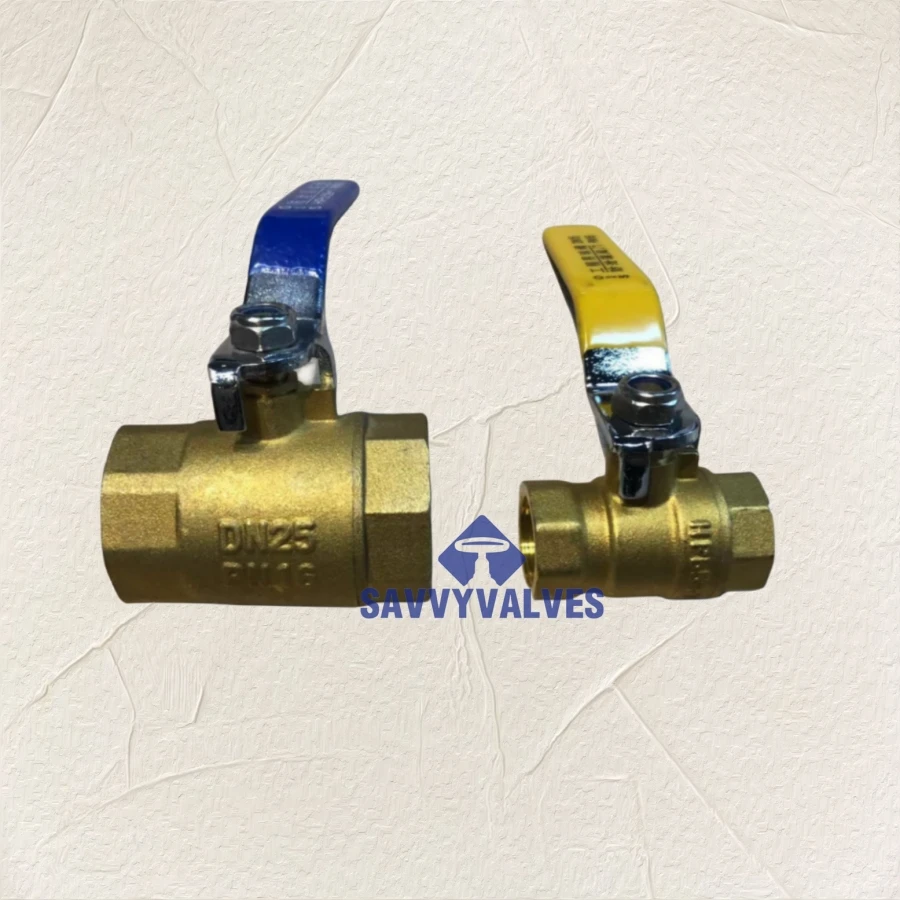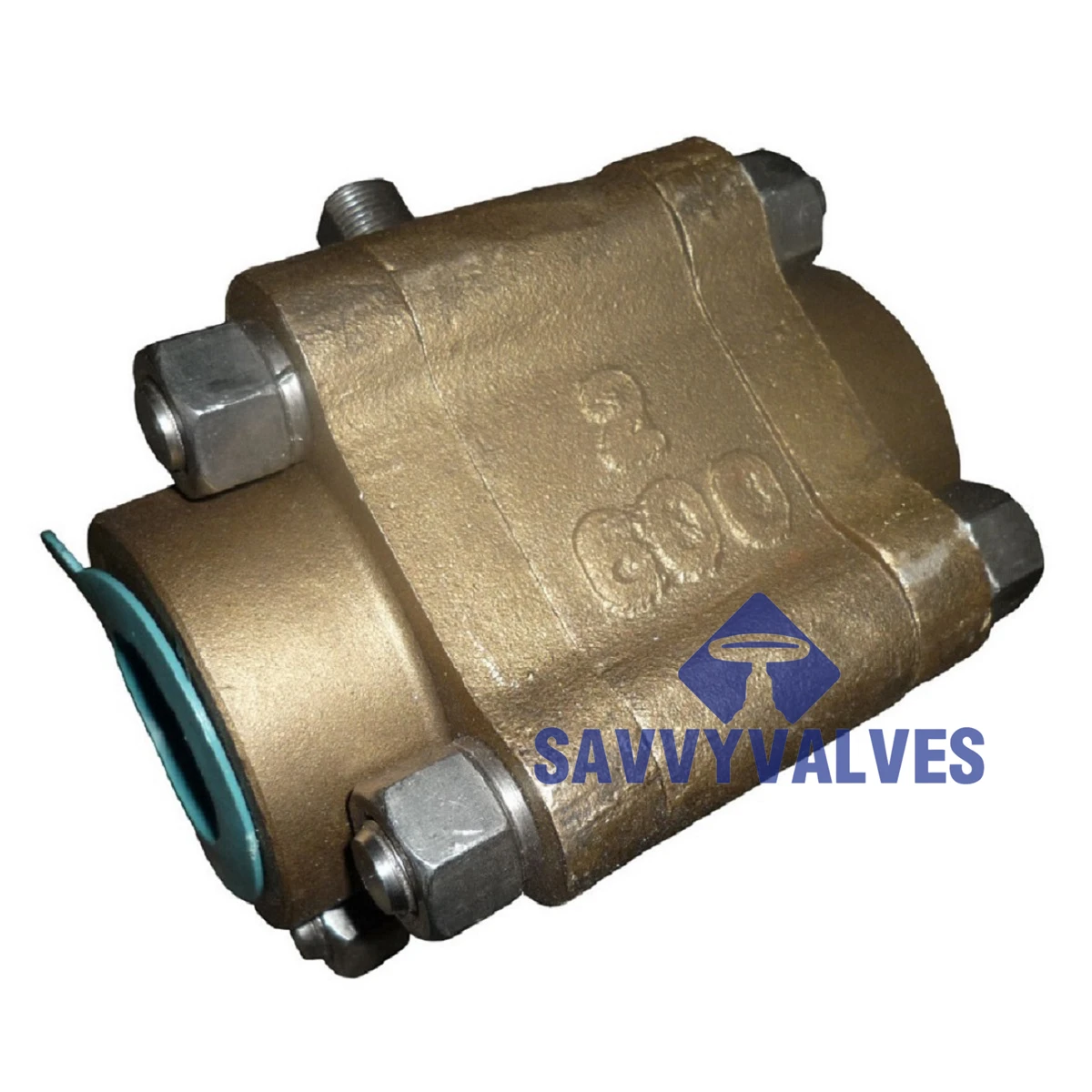Válvulas de esfera
-
A imagem mostra uma válvula de esfera montada em munhão API 608, furo reduzido, 2 peças
TAMANHO: 10″*8″
CLASSIFICAÇÃO: 150LB
CORPO E CAPÔ: ASTM A216 WCB
ESFERA: ASTM A182 F316
HASTE: ASTM A182 F316
ASSENTO: COLAR ASTM A182 F316 COM INSERÇÃO DEVLON
MOLA: INCONEL X-750
ACIONAMENTO: ENGRENAGEM
-
Tamanho: 25A
Classificação de pressão: JIS 5K
Materiais principais:
Corpo: ASTM A182 F304
Esfera: ASTM A182 F304 + Cromado Duro (HCR)
Haste: ASTM A182 F304
Assento: PTFE (politetrafluoroetileno)
Operador: Alavanca
Extremidade da conexão: tipo wafer, perfurada conforme o padrão JIS B2220 5K
Configuração: Corpo compacto exclusivo em estilo wafer
Acabamento de superfície: Jateado e desengordurado
Faixa de temperatura: –29°C a 425°C
-
A FOTO MOSTRA AS ESPECIFICAÇÕES ABAIXO
TAMANHO: 6″
CLASSIFICAÇÃO: 300LB
EXTREMIDADE: FLANGADA CONFORME ASME B16.5 300LB
TEMPERATURA: -70 ℃
CORPO E CAPÔ: ASTM A351 CF8
ESFERA: ASTM A182 F304
HASTE: ASTM A182 F304
ASSENTO: PCTFE ENERGIZADO POR MOLA
ACIONAMENTO: ATUADOR PNEUMÁTICO
-
Tamanho: 4" × 3" (DN100 × DN80)
Classificação de pressão: 150 LB (ASME B16.5)
Materiais principais:
Corpo e capô: ASTM A351 CF8 (aço inoxidável 304)
Bola: Cerâmica Estrutural de Alto Desempenho (Al₂O₃/ZrO₂)
Haste: AISI F304 (Aço Inoxidável 304)
Assento: Cerâmica Avançada (Resistente ao Desgaste e à Corrosão)
Operação: Eixo nu (compatível com atuadores pneumáticos, hidráulicos ou elétricos)
Conexão final: flange de face elevada (RF)
-
Tamanho: 15A, 25A
Classificação de pressão: JIS 5K
Materiais principais:
Corpo/Capô: ASTM B62 C83600 (Bronze Fundido)
Bola: Monel K500
Haste: Monel K500
Assento: RPTFE (PTFE reforçado)
Operador: Alavanca Manual
Extremidade de conexão: JIS B2220 5K Face flangeada (FF)
Acabamento de superfície: Jateado e desengordurado
Faixa de temperatura: -29°C a 120°C
-
AS FOTOS MOSTRAM AS ESPECIFICAÇÕES ABAIXO:
TAMANHO: 6″
CLASSIFICAÇÃO: 300LB
FIM: FLANGE CONFORME ASME B16.5
TEMPERATURA: -196 ℃
CORPO E CAPÔ: ASTM A182 F304
ESFERA: ASTM A182 F304+HF
ASSENTO: PCTFE OU METAL HF
ACIONAMENTO: MANUAL E ENGRENAGEM
-
A FOTO MOSTRA AS ESPECIFICAÇÕES ABAIXO
TAMANHO: 1-1/2″
CLASSIFICAÇÃO: 150LB
EXTREMIDADE: FLANGADA CONFORME ASME B16.5 300LB
TEMPERATURA: -196 ℃
CORPO E CAPÔ: ASTM A351 CF8M
ESFERA: ASTM A182 F316+HCR
HASTE: ASTM A182 F316
ASSENTO: PCTFE ENERGIZADO POR MOLA
ACIONAMENTO: ALAVANCA
-
AS FOTOS MOSTRAM AS ESPECIFICAÇÕES ABAIXO:
TAMANHO: 1″
CLASSIFICAÇÃO: 150LB
FIM: BW CONFORME ASME B16.25
TEMPERATURA: -196 ℃
CARROCERIA E CAPÔ: A182 F316
ESFERA: ASTM A182 F316+HF
HASTE: ASTM A182 F316
ASSENTO: PEEK OU METAL HF
ACIONAMENTO: MANUAL E ENGRENAGEM
-
AS FOTOS MOSTRAM AS ESPECIFICAÇÕES ABAIXO:
TAMANHO: 8″
CLASSIFICAÇÃO: 150LB
FIM: FLANGE CONFORME ASME B16.5
TEMPERATURA: -196 ℃
CARROCERIA E CAPÔ: A351 CF8M
ESFERA: ASTM A182 F316+HF
HASTE: ASTM A182 F316
ASSENTO: PCTFE OU METAL HF
ACIONAMENTO: MANUAL E ENGRENAGEM
-
AS FOTOS MOSTRAM AS ESPECIFICAÇÕES ABAIXO:
TAMANHO: 3/4″ 6″
CLASSIFICAÇÃO: 150LB 300LB
FIM: FLANGE CONFORME ASME B16.5
TEMPERATURA: -196 ℃
CORPO E CAPÔ: ASTM A182 F304
ESFERA: ASTM A182 F304+HF
ASSENTO: PCTFE OU METAL HF
ACIONAMENTO: MANUAL E ENGRENAGEM
-
A FOTO MOSTRA AS ESPECIFICAÇÕES ABAIXO
TAMANHO: DN25
CLASSIFICAÇÃO: PN16
CORPO E CAPÔ: LATÃO
DISCO: BRASS
HASTE: LATÃO
ASSENTO: LATÃO
ACIONAMENTO: ALAVANCA
-
ESPECIFICAÇÕES DE AMOSTRA
TAMANHO: 2″
CLASSIFICAÇÃO: 600LB
CARROCERIA E CAPÔ: B62
ESFERA: ASTM A182 F316
HASTE: ASTM A182 F316
ASSENTO: PTFE
ACIONAMENTO: RODA
A ball valve is a type of quarter-turn valve that controls flow using a hollow, perforated, and pivoting ball inside the valve body. When the ball’s hole is aligned with the pipeline, fluid flows freely; when rotated 90 degrees, the flow is completely blocked. This simple mechanism makes ball valves highly reliable for shutoff and control applications. Ball valves are known for their tight sealing performance, durability, and ease of operation. They can handle high pressure and temperature conditions, and are suitable for gas, liquid, or even corrosive media, depending on the materials used. With minimal pressure drop and fast on-off control, ball valves are widely used in industries like oil and gas, water treatment, chemical processing, and general plumbing. They come in various types such as two-way, three-way, floating, and trunnion-mounted, and can be operated manually, pneumatically, or electrically.
- 1
- 2

